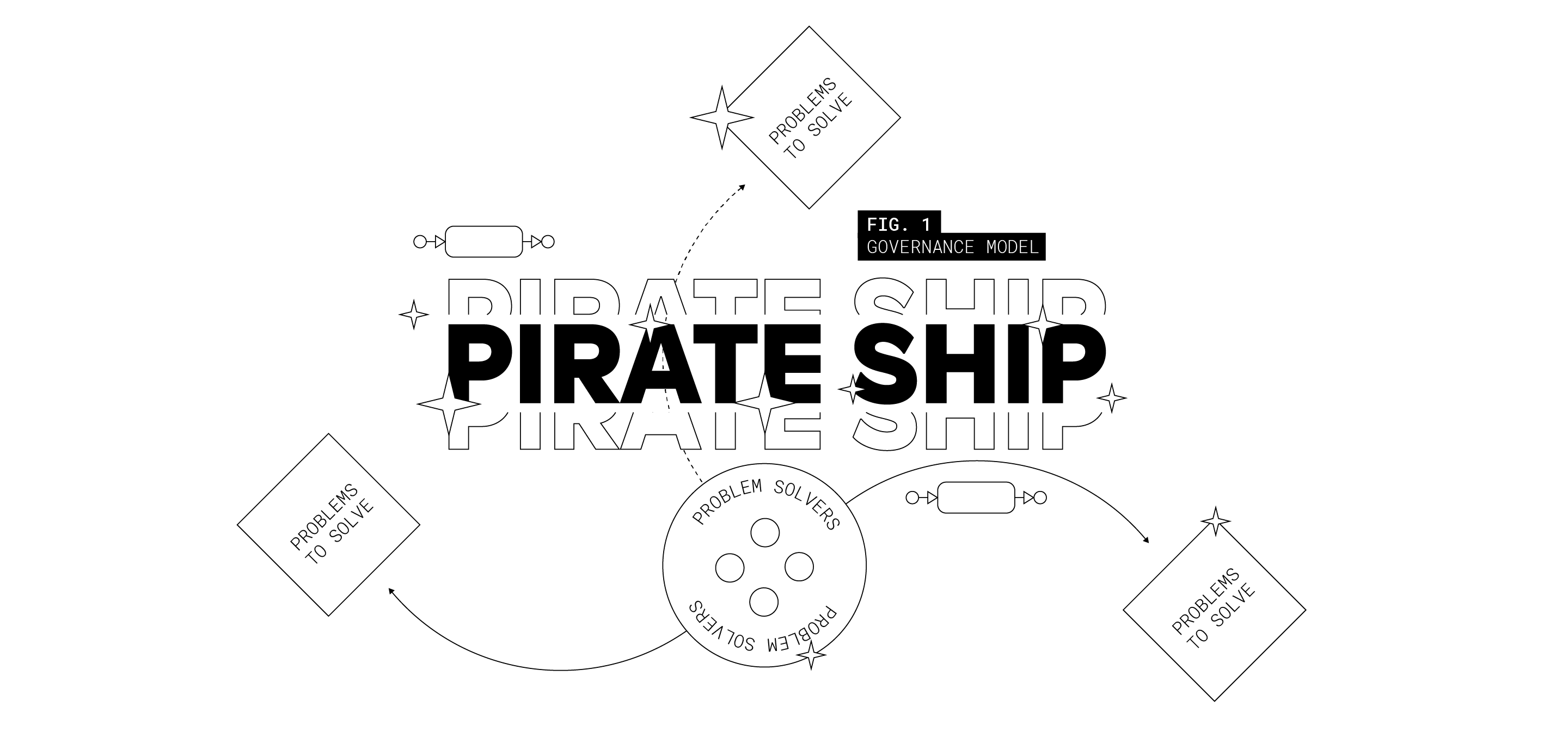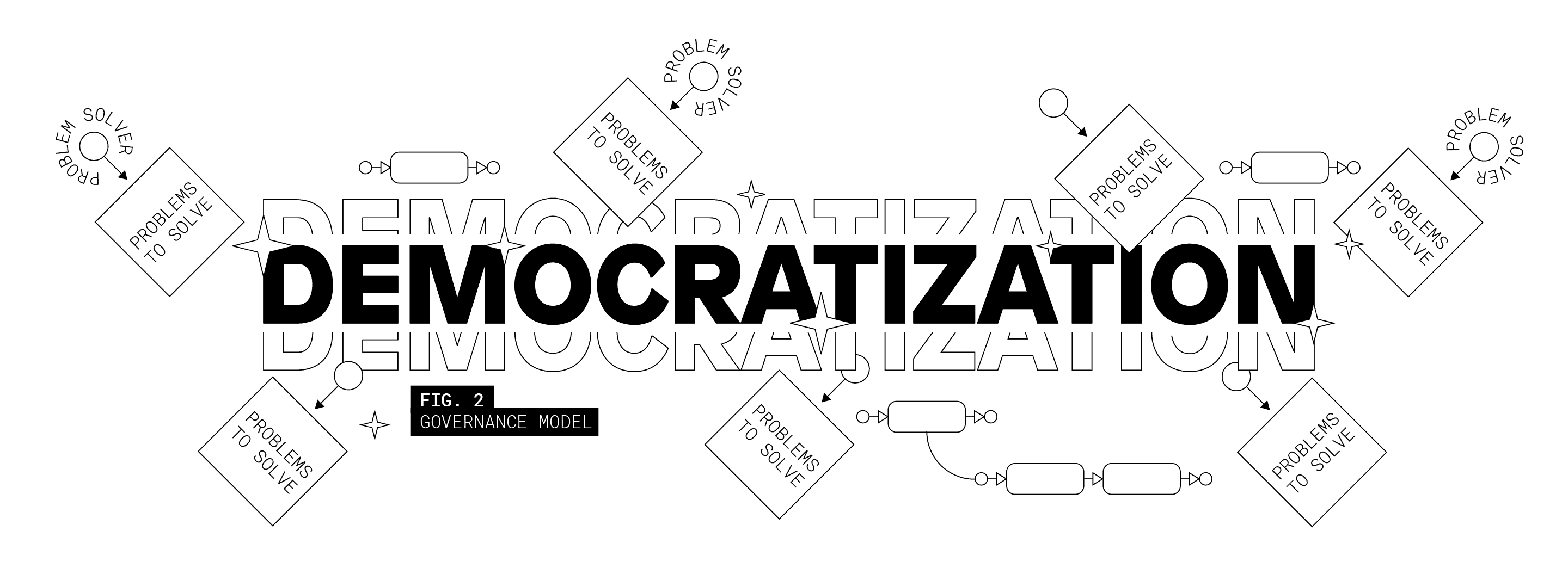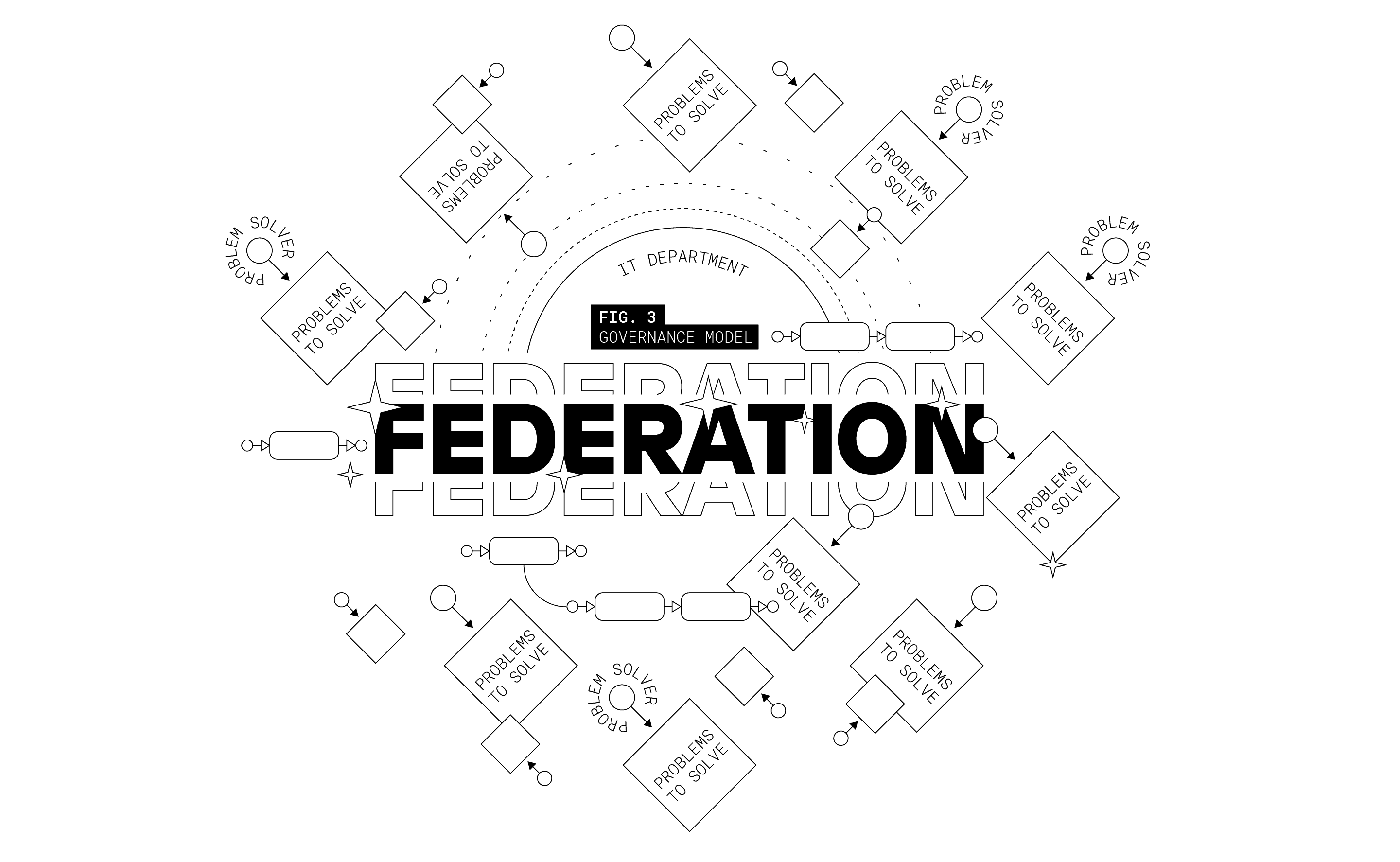At Mendix World 2020, we had the distinct pleasure of hosting John Bratincevic, Senior Analyst for Application Development and Delivery at Forrester, to talk how exactly enterprises can alleviate the pressures that the rising global demand for software has placed on IT. His research has led him to an accelerating trend: citizen development.
Solve the software demand problem with citizen developers
Citizen development is a software development approach that allows line of business employees—those who often are closest to the product and users and therefore have the necessary knowledge—to create software, usually enabled by a low- or no-code platform. These business-centric employees are citizen developers.
But why citizen development? Why now? In October 2019, the International Data Corporation (IDC), released its FutureScape report which documented several predictions for the IT industry in 2020. The numbers couldn’t be more prescient, given the current state of the world. By 2023, IDC predicts more than 50% of all IT spend will go toward digital transformation, a metric the COVID-19 pandemic has already accelerated.
IDC also maintains that “digital innovation factories” (at Mendix, we call them App Factories) will be core to an enterprise’s ability to differentiate and compete in its industry.
Finally–and most portentous–IDC’s 2019 report forecasts that in just three years, over 500 million apps will be developed and deployed via cloud-native approaches.
That is the same number of applications developed in the last 40 years.
In his presentation, Bratincevic acknowledges the urgent need to digitize (and continuously improve) all the processes, policies, data, and know-how of an enterprise. With paper- and Excel-driven processes, what was once “good enough” for many organizations is now an untenable way of working.
The growing demand for software goes beyond the means of the average IT team. According to the Digital Disconnect survey by Dimensional Research, 74% of IT and business stakeholders report a pipeline of unmet software requests. For this very reason, organizations need to put into place low-code-enabled citizen development programs that foster a digital-first workplace, regardless of employees’ programming skills or job titles.
3 Citizen Development Governance Models
Business people solving their problems with software isn’t a new idea. The unmanaged side of this is Shadow IT. In the IT world, the concept of non-IT professionals developing software to solve their problems is admirable; however, security and financial risks that often come with unmanaged software development are not worth it. A solid, IT-governed, business-driven citizen development program is the way to bring “Shadow IT into the light”–as Bratincevic states–and address the need to digitize.
Citizen development programs don’t happen overnight, however.
Bratincevic interviewed several organizations that have successfully implemented low-code enabled citizen development initiatives to highlight any commonalities.
Bratincevic concludes that every citizen development program, no matter the model, should have these three goals:
- Digitize everything always – Every paper process, every Excel sheet must be turned into software.
- Foster a digital problem-solving culture – For every problem that arises, the solution must be digital.
- Develop the digital workforce – If an organization claims that everything they do will be digital, then line-of-business employees need to know how to build software.
From these interviews, Bratincevic has determined that there are three governance models to citizen development programs.
Pirate Ship
The Pirate Ship model is a business-led, IT-approved citizen development center of excellence. It consists of technically inclined non-programmers, using a low-code platform, which IT has validated.
The keys to success for the Pirate Ship model are:
- The team remains autonomous
- They have the ability to respond to problems quickly
The Pirate Ship model gets its name from the VP of Operations and Head of Business Intelligence at a financial organization that Bratincevic interviewed: “We’re like the pirate ship within the organization. We can sail around and do whatever we need to do.”

According to Branticevic, currently this team aims to build a bigger ship and support it with a bigger crew of low-code builders. For those looking to test out a citizen development program while solving major business problems, the Pirate Ship model is a good place to start.
Democratization
The Pirate Ship model applies to one team solving the problems within that team, with a goal of scaling out eventually.
Using a different approach, a telecom organization opened up development to everyone in their company—field technicians, accountants, sales representatives, etc.–right out of the gate. This is what Bratincevic calls Democratization.

Success in a program with this broad scope requires a few things.
- Find the problem solvers- People that flourish in a program like this are the ones who want to solve problems. They don’t have to be technically-minded, either. As one interviewee states, find “the people who are the front-liners, the ones who do the dirty job.” They will build the right application faster because they know the needs of the target user.
- Coach your citizen developers- The telecom company kicked their Democratized citizen development program off with a hackathon. There were 107 3-person teams, 60 of which were assigned a coach from IT. From that hackathon, 49 value-delivering applications were built by the teams with coaches. The teams without coaches produced 10 applications. This translates to an 80% success rate with coaching and a 20% success rate without coaching.
- Have a vision- Such a large endeavor doesn’t happen without strategy. The organization Branticevic interviewed plans to scale its program out within 3 years.
Federation
A more IT-centric citizen developer governance model that Bratincevic revealed during his presentation is the Federation model. This method offers loose guidance (or guardrails as Bratincevic puts it) around developing with low-code. IT provides coaches who train citizen developers to build software solutions. IT also co-builds, where line of business employees work closely with IT on a solution. IT also uses the low-code platform themselves. Key areas where there are strict rules are around integrations and purchasing additional licenses.
Such a model sounds great in an ideal world where data and privacy aren’t issues, but what about in highly regulated industries? Bratincevic’s interview subject for this model is actually in a highly regulated industry. They had already established data governance, so it was easy to apply a Federation model citizen developer program on top of this.

The company found that when they embraced a grassroots start—this particular program actually stemmed from Shadow IT—and accepted imperfections, they were able to empower employees to solve problems and kickstart innovation. On a financial note, they’ve been able to avoid sizable commercial off-the-shelf software spend because citizen developers can build their solutions now. On a cultural note, the IT/business gap is closing. Bratincevic’s interviewee notes that IT is now more approachable than before.
Successful Citizen Development Programs
No matter which model you use, Bratincevic’s key takeaways for starting up thriving citizen development programs are as follows:
- Establish a center of excellence, with the plan to expand.
- Target the problem solvers.
- Emphasize experimentation, design thinking and ownership, not just programming knowledge.
- Provide coaching.
- Think through data and integration policies, but don’t wait for them.
- Target an empowering, frictionless experience for citizen developers. That is, avoid “death by checklist.”
- Enlist C-level stakeholders to get by in, especially if you want to scale.
- These programs take time, often years to build. But as organizations figure it out, they’re also producing value.
Certainly, there are other ways to drive digital transformation in your organization. But it’s clear that with the combination of low-code platforms and enabled citizen developers and moving application development out of IT, you’re on a clear path to digitization.

